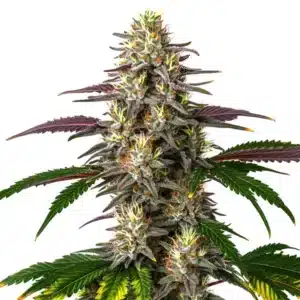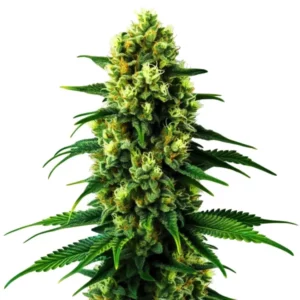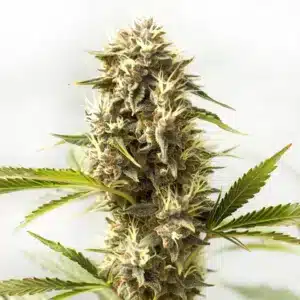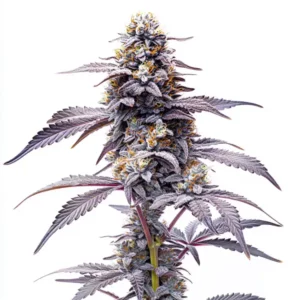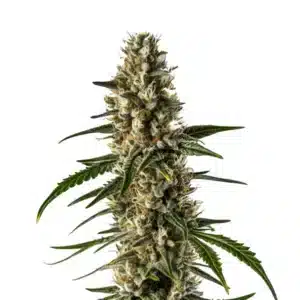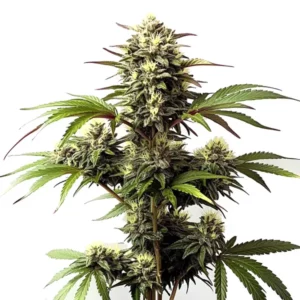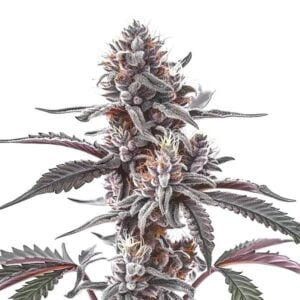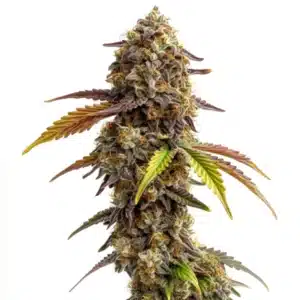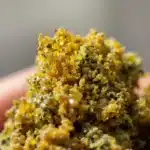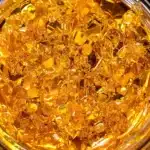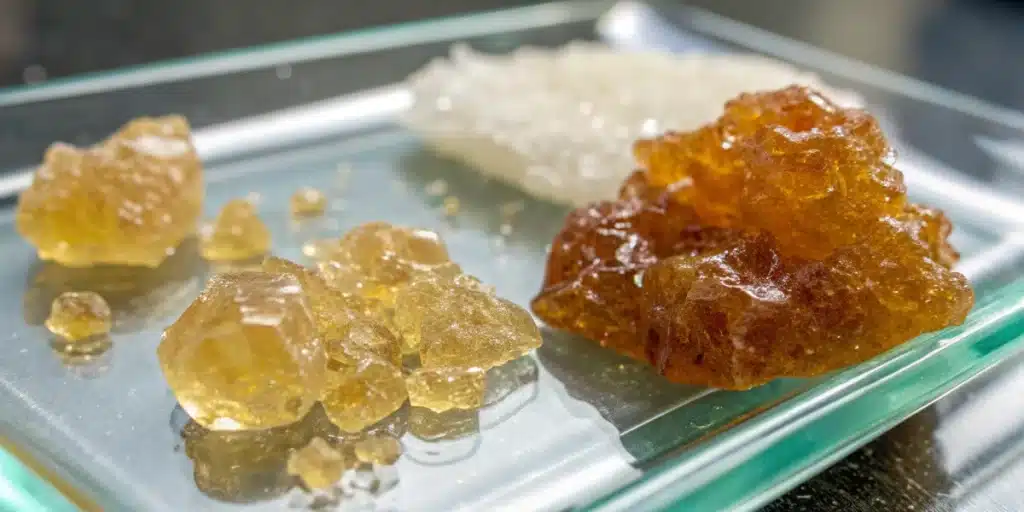
Live Resin vs Rosin: Factual Comparison of Cannabis Concentrates and Protecting Plants
Defining Live Resin and Rosin
What is Live Resin?
Live resin stands out in the cannabis world due to its unique preservation of the plant’s aromatic profile. Unlike other concentrates, live resin is created from fresh cannabis plants that are flash-frozen immediately after harvest. This method ensures that the terpene profile remains intact, resulting in a product that captures the essence of the live plant. The process of creating live resin involves the use of solvents, typically butane or propane, which help in extracting the cannabinoids and terpenes effectively. Understanding the difference between live resin and rosin is key here, while live resin uses solvents, rosin is extracted through heat and pressure without chemicals, offering a solventless alternative.
When comparing rosin vs live resin, both are cannabis concentrates made from freshly frozen plants, yet their production processes and final qualities set them apart. Live resin is extracted with the help of solvents such as butane or propane, whereas live rosin is crafted solely through heat and pressure, offering a completely solventless alternative.
Recommended Strains
Hippo High
|
|
THC | 30% - 32% (High) |
|
|
Type | Feminized |
|
|
Yield | High |
|
|
Phenotype | 30% Indica / 70% Sativa |
Cannabis enthusiasts often favor live resin for its rich flavor and aromatic diversity. The concentrate is known for its high terpene content, which leads to a more robust sensory experience. Users often describe the flavors as vibrant and complex, offering a closer taste to the original strain. The preservation of the terpenes also means that live resin provides a more potent experience, as these compounds can influence the effects of the cannabinoids, enhancing the entourage effect.
What is Rosin?
Rosin, on the other hand, is celebrated for its purity and simplicity in production. Unlike live resin, rosin is a solvent-free concentrate created by applying heat and pressure to cannabis flowers, hash, or kief. This method allows the resinous sap of the plant to be squeezed out, resulting in a concentrate free of any chemical solvents. The simplicity of the process makes it an attractive option for those seeking a more natural product.
Rosin is often favored for its clean and pure nature. Without the need for solvents, users can enjoy a concentrate that retains much of the plant’s natural profile. This method also allows for immediate consumption post-extraction, as there is no need for purging or cleaning out residual solvents. The simplicity and purity of rosin are what make it a beloved choice among cannabis purists and those looking to avoid chemical additives.
Promos & Deals
Extraction Processes Compared
Live Resin Extraction Techniques
The extraction of live resin involves the use of hydrocarbons such as butane or propane. The process begins with flash-freezing the freshly harvested cannabis plants to preserve their delicate terpene profiles. These frozen plants are then subjected to a solvent-based extraction process, which separates the cannabinoids and terpenes from the plant material. The solution is then purged to remove any residual solvents, resulting in a potent and flavorful concentrate.
The careful handling and precise conditions required for live resin extraction ensure that the final product is rich in terpenes and cannabinoids. This method captures the essence of the plant more effectively than traditional drying and curing processes. The use of solvents, however, means that the process requires specialized equipment and expertise to ensure safety and quality, which can make it more expensive and less accessible for some producers.
Rosin Production Methods
Rosin production is a straightforward and accessible process requiring nothing more than heat, pressure, and a skilled hand. The process involves placing cannabis flowers, hash, or kief between parchment paper and applying heat and pressure to extract the resin. This method is solvent-free, making it a safer and more natural alternative to other concentrates.
The simplicity of the rosin production process allows for an unadulterated product that retains much of the plant’s original profile. This method is particularly appealing to those concerned about the use of chemical solvents. While it may not capture the full range of terpenes like live resin, rosin still offers a clean and flavorful experience. Its simplicity also makes it a favorite for home enthusiasts who can easily produce their batches with a few basic tools.
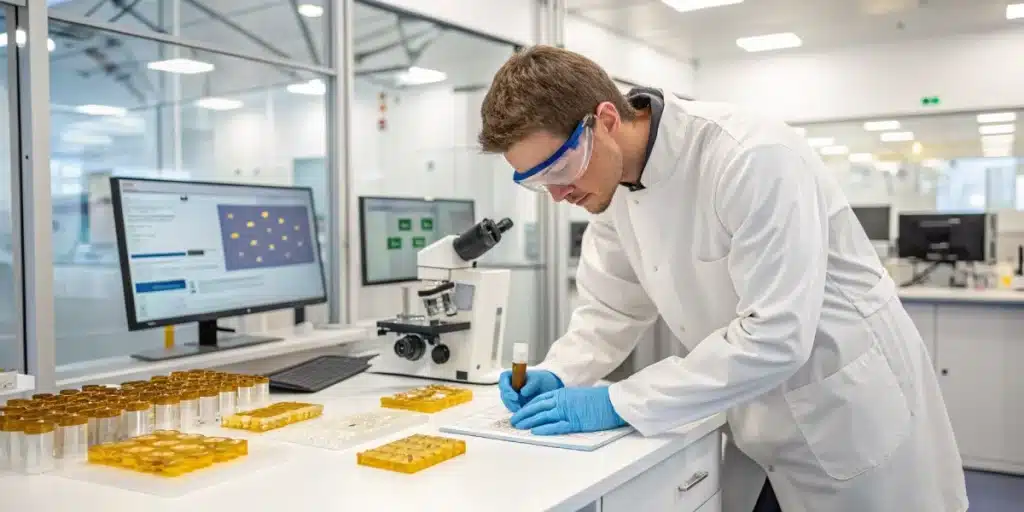
Differences in Chemical Profiles
Terpene Retention in Live Resin
One of the defining features of live resin is its high terpene content. The flash-freezing process preserves the terpenes, which are often lost during the drying and curing stages of traditional cannabis processing. This results in a concentrate that offers a flavor profile closely resembling the fresh plant. The high terpene content not only enhances the flavor but also contributes to the overall effects, providing a more nuanced and potent experience. For those wondering, ‘are resin and rosin the same thing,’ it’s important to note that while both are cannabis concentrates, their extraction methods and characteristics differ significantly.
The rich terpene profile in live resin is a significant draw for connoisseurs who seek a more authentic cannabis experience. These compounds, responsible for the plant’s aroma and flavor, also play a role in modulating the effects of cannabinoids. A higher terpene content can amplify the therapeutic potential of the concentrate, providing a more well-rounded experience that many users find more satisfying.
Solvent-Free Nature of Rosin
Rosin’s appeal lies in its purity and the absence of chemical solvents. The extraction process retains much of the plant’s natural compounds, providing a clean and pure concentrate. While rosin may not match the terpene content found in live resin, it offers a different kind of purity that many users find appealing. The solvent-free nature of rosin means that there is no risk of residual chemicals, making it a healthier choice for those concerned about what they consume.
The lack of solvents in rosin production allows for an unaltered experience of the plant’s natural profile. This purity is particularly important for medical users and those sensitive to chemicals. The straightforward extraction process ensures that the final product is as close to the plant as possible, preserving its natural qualities without the interference of external agents.
Usage and Application Differences
Flavor and Aroma Comparisons
The flavor and aroma of live resin are often described as vibrant and true to the original strain. The flash-freezing process preserves the delicate terpene profile, resulting in a concentrate that captures the essence of the live plant. This makes live resin a favorite among those who prioritize flavor and aroma in their cannabis experience. The rich and complex sensory profile offers a more immersive consumption experience, enhancing the overall enjoyment of the concentrate.
In contrast, rosin offers a different kind of purity, with a flavor profile that is clean and unadulterated. While it may not boast the same terpene levels as live resin, the absence of solvents allows the natural characteristics of the plant to shine through. Rosin’s simplicity and purity offer a different experience that many find equally satisfying, making it a versatile option for a wide range of users.
Preferred Methods of Consumption
Live resin is typically consumed through dabbing, which involves heating the concentrate on a hot surface and inhaling the vapor. This method allows users to fully experience the rich terpene profile and potent effects of the concentrate. The vibrant flavors and aromatic qualities of live resin make it a popular choice for those who enjoy an intense and flavorful experience.
Rosin, while also suitable for dabbing, offers more versatility in consumption methods. Its solvent-free nature makes it a suitable option for those who prefer a cleaner product. Rosin can also be used in vaporizers or added to joints and bowls for an enhanced experience. The versatility in consumption methods makes rosin an attractive choice for users looking for flexibility in how they enjoy their concentrates.
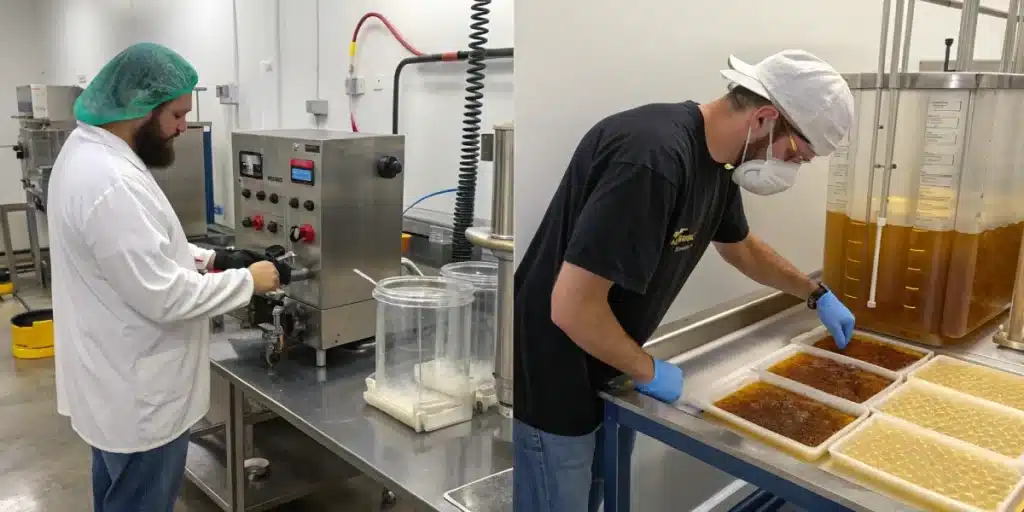
FAQs about Difference between Live Resin and Rosin
How do live resin and rosin differ in extraction?
Live resin and rosin differ significantly in their extraction methods. Live resin involves the use of solvents like butane or propane, combined with flash-freezing fresh cannabis plants to preserve the terpene profile. This method requires precise conditions and specialized equipment to ensure safety and quality. In contrast, rosin is produced without solvents, using only heat and pressure to extract the resin. This makes rosin a safer and more natural option, appealing to those concerned about chemical additives.
Which product retains more terpenes?
Live resin is renowned for its high terpene retention due to the flash-freezing process that preserves the plant’s aromatic profile. This results in a concentrate that offers a flavor and aroma close to the fresh plant, providing a more vibrant and complex sensory experience. Rosin, while solvent-free and pure, may not capture the same level of terpenes as live resin, but it offers a clean and unadulterated product that many users appreciate.
What are the main benefits of each concentrate?
The main benefits of live resin lie in its rich terpene profile, offering a flavor and aroma that closely resembles the live plant. This makes it a favorite among those seeking an authentic cannabis experience. The high terpene content also enhances the entourage effect, providing a more potent experience. On the other hand, rosin’s benefits are rooted in its purity and solvent-free nature. The simple extraction process results in a clean concentrate that retains much of the plant’s original profile, making it a safer and more natural option for those concerned about chemical residues.




